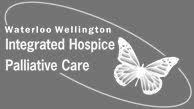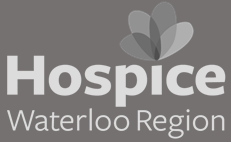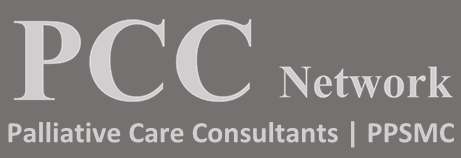Symptom Management for Cardiac Anorexia/Cachexia
Anorexia
Anorexia is a syndrome characterized by loss of appetite, nausea, early satiety, weakness, fatigue, food aversion, and significant physical and/or psychological symptoms. Causes are complex and can include fatigue, dyspnea, medication side- effects, nausea, depression, anxiety and sodium-restricted diets, which are common to patients with heart failure.
Cachexia
Cachexia is a syndrome characterized by severe body weight, fat and muscle loss and increased protein catabolism due to underlying disease. This occurs in both chronic right-sided heart failure and the advanced stages of heart failure.
How is cachexia diagnosed? The patient with cachexia has:
- >5% non-edematous weight loss in <12 months; or body mass index (BMI) <20kg/m2; and
- 3 out of 5 of the following: fatigue, decreased muscle strength, anorexia, low muscle mass, abnormal biochemistry
Screening
- Screen with Edmonton Symptom Assessment System (ESAS-r) for issues with appetite, nausea, fatigue, depression.
Assessment
- Obtain a thorough history of nutritional intake, weight loss, and symptoms (nausea, early satiety, dyspnea, poor oral hygiene, dysphagia, malabsorption, bowel habits).
- Ask how mood has been affected by weight loss?
- Ask about other anorexia/cachexia-inducing factors e.g. cancer, hypothyroidism, liver disease, infection, depression.
- Review medications known to contribute to anorexia/cachexia. e.g., amiodarone, digoxin.
- Assess functional capacity for signs of early fatigue and muscle weakness, using the Palliative Performance Scale (PPSv2)
Management
Non-Pharmacological Approach
Anorexia: Refer to a registered dietitian (RD); ensure dietitian is aware of goals of care. Consider focus on maintenance of food and fluid intake for social and psychological benefits; liberalize dietary choices as much as possible (e.g., low fat diet unnecessary).
Cachexia: Emphasis should be placed on maintaining and/or improving quality of life. If able, gentle physical exercise is recommended to improve peripheral blood flow, metabolism and cachexia-associated neurohormonal changes.
Pharmacological Approach
Standard heart failure therapies are known to improve quality of life and may reduce symptoms even at advanced stages of disease.
Although many guidelines refer to the use of appetite stimulants and steroids in the treatment of anorexia and cachexia, there is insufficient evidence of the benefit of these therapies in heart-failure patients.
Early satiety/nausea: Metoclopramide 10 mg PO or subcutaneous, 30-45 minutes prior to meals and at bedtime – (reduce dosage in renal impairment).
If patient has co-occurring depression/anxiety/ insomnia, the antidepressant Mirtazapine may have the added benefit of increased appetite and weight gain. Starting dose of Mirtazapine 7.5 mg PO may be titrated up to Mirtazapine 30 mg PO at bedtime with consideration of potential sedative effects.
Palliative Approach to Care Tips:
- Focus interventions on treatment of symptoms and reduction of psychological and social burden for patient and family.
- Cachexia is not starvation. In cachexia, catabolism and subsequent weight loss continue to occur, even if caloric intake is maintained or increased.
- Educate patient/family about the difference between weight loss related to cachexia versus diuresis.
- Artificial nutrition in the context of advanced cachexia is ineffective and will not improve quality of life.
Download Tip of the Month
PDF – Symptom Management for Cardiac Anorexia/Cachexia
Sources
- http://www.bcheartfailure.ca/
- Carlson, H. & Dahlin, C. (2014). Managing the effects of cardiac cachexia. Journal of Hospice and Palliative Nursing, 16 (1) 15 – 20. https://www.nursingcenter.com/cearticle?an=00129191-201402000-00005&Journal_ID=260877&Issue_ID=1653839




